|
0 Comments
Common bird from the interior of Kabalebo. Usually seen in small groups. From time to time they are noisy and seen very close together on top of one branch. Sometimes they like to wander around a bit, away from the group, but not too far.
This one was sitting perfectly still on top of all these leaves and the light was also working along. This made it possible to capture all the details on this bird. Black Caracara's are opportunistic eaters. From insects to small birds and even fish or small lizards. Sometimes they even eat the eggs from small birds. This is the reason why they are not welcome near small birds. The moment they are near flycatchers, tanagers or martins, they all take turns and try to chase away the Caracara by diving as low as possible right above their head.
The Black Caracara usually isn't bothered by their attack but if it continues for a long period of time, they will move away to a quieter place. This is an ongoing battle between them. For us as onlookers, they give quite a show. The challenging part for us is trying to take a photo of both of them in action. It was not easy. These two Black- spotted Barbets were eating some ripe guava's near the forest edge. Not alarmed at all by my presence and after a while they even took a break from their food.
This Inga tree was full of blossoms. Not only the bees and the hummingbirds were attracted by the nectar but also other birds. This time I was lucky to spot both the male and female Blue Dacnis. They were both restless, agile and continuously jumping from one branch to another. Sometimes they were hiding behind a leaf and I was forced be patient. The male barely gave me enough time to shoot him, but I managed. And finally I met both male and female on one spot. Great colorful plumage.
So the Bright-rumped Attila is one bird that I hear on a regular basis when I am on a hiking trail, but this bird is one of the most stubborn bird I've met so far. You hear them calling, but they don't give you hints where they are hiding. No moving leaves or sticks. Just the sound that you hear, calling from the dense vegetation. One day I decided to take my chances and waited. I used playback too but wasn't that successful. They flew by very quickly so taking my shot wasn't that easy. So after at least an hour of waiting and with the company of mosquitoes I saw this secretive bird coming out in the open for a short while. And when you waited that long you just take your chance. The Bright-rumped Attila wasn't a lifer but this was my first photo of this Attila.
The Lemon-chested Greenlet is a common bird of Kabalebo, but somehow I missed this small bird all these years. I think because it is a tiny and agile one and likes to move quickly between the green foliage before disappearing into the bushes. When the light is bad, you can barely see this small bird but when the sun is up, it is one remarkable bird. This time I caught it upside down.
I had fun with this bird. It didn't call at all but was moving between the leaves and sticks. Suddenly it was just standing on this short stick before moving again. The Buff-breasted Wren is the most common wren in Kabalebo, but one that likes to be heard rather than been seen.
This was my lucky day, seeing a King Vulture perched on a branch. This is something that seldom happens. They usually like to soar high above the sky. This King Vulture was seen with 2 other King Vultures late in the afternoon. At first they had their wings spread open and after a while they were preening themselves too. Beautiful large birds.
When I spotted this Eared Dove walking on the ground, I noticed a second one too. At one point they passed right in front of me and when I looked back at this photo it looked like I was seeing a mirror image but it were just two Eared Doves passing by.
And here is a photo of the female White-bearded Manakin. Quite shy and also likes to hide between the green foliage. When I passed by I saw some movements between the leaves and decided to wait a bit. After several minutes she looked through from her hiding spot to see if I have left. She wasn't fully exposed but she gave me enough exposure to photograph her.
A Wood Stork is one of those birds that you won't see very often in Kabalebo. And when they show up, it is always a solitary bird that isn't even mingling with other birds. Usually they stay for a couple of days before departing again. This young Wood Stork was seen several days on the airstrip before moving closer to the river. Afterwards it left our area.
The White-bearded Manakin has been active quite frequently at the airstrip edge. Either during the mornings or late in the afternoon. They are either recognized by their sounds they make with their wings or their appearance.
Especially the male has a beautiful plumage display. Black and white in perfect harmony. This is a lifer for me, the Black-throated Trogon. First we saw the female but she was so shy that she left the area before I could even raise my camera. Luckily the male wasn't that shy but he was so difficult to stay still on one spot. I had to walk around the area just to find the right spot where the sunlight was shining through. This was so far the best shot of him.
This is the Black-tailed Trogon. One that I don't see very often but is a resident from Kabalebo. You just got to get lucky to see him out in the open. I was on my way to the River Cabins when this Trogon landed on this branch in full view. I won't get a better shot.
The Guianan Trogon used to be known as the Amazonian Violaceous Trogon, so sometimes I am still using the old name. Unlike the Green-backed Trogon, the Guianan Trogon has yellow eye rings and 'barred' stripes on his tail. Also a common bird seen in Kabalebo.
It was my lucky day when this Green-backed Trogon landed on that branch. The sunlight and the open space between the avocado leaves was perfect. Trogons usually like to sit in the shades and with some lights in the back. A common Trogon seen often in Kabalebo.
When I saw some movements in this tree, I first saw tanagers, Pigeons and the Dusky Purpletufts. But what also caught my eye was a small light brown bird that kept moving from one place to the other. It was the Ochre-bellied Flycatcher who wasn't intimidated by other birds their size. It just kept eating the small seeds.
First thing that I noticed were the white eyebrows on this small flycatcher. I've seen it foraging on different kind of branches near the lodge. Doesn't quite sit still so you as photographer have to adapt to its lifestyle.
This small flycatcher was spotted on the Beechcraft trail. It wasn't joining a mixed flock but moved solitary through the vine tangles. It stopped for a brief moment before moving again and that was my moment to photograph this small bird. After several unfortunate attempts I finally got a decent photo of this tiny bird where its pretty eyes stood out.
One of the most common birds I've known so far besides vultures and tanagers. The Rufous-browed Peppershrike is one that is first heard before seen. Small and secretive. One that is joining other tanagers, euphonia's and flycatchers. When sitting exposed, you get only several seconds to photograph it or observe it, 'cause afterwards it disappears into the dense vegetation. Still one of those birds that I am willing to put some extra effort to see and photograph again and again. Can't get enough of its brown brows.
This was a lifer but I am pretty sure that I've missed it several times since it resembles a Swallow-winged Puffbird from a distance. Only when you pay more attention to this overall dark bird you will notice the white stripe on its chest. After I finally met them, I also noticed that they like to sit on top of the canopy. They favor small seeds and will come back to the same spot if there is more to be found.
I saw this Common Potoo a couple years ago but wasn't in the beginning quite certain if it was the Great or the Common Potoo. The description in the birdbooks weren't quite clear so I had to do some research just to be certain. Especially since it didn't make any noise at all or opened it's eyes completely. But finally, here is the Common Potoo of Kabalebo. I've heard it calling several times during the night and the first time when I heard it, I was just wondering which kind of bird was making such a weird sound. Here it stands, motionless, on top of branch. During the night it will go out and hunt.
This small bird let me work to just get a photo of him. This is the third time that I've seen him but the first when I finally succeeded in taking a picture. Not shy at all but he kept moving straight back into the dense bushes. Since he is a small bird, he had no problem but meanwhile I had to crawl my way through the vegetation. But I am very happy with the result.
|
Archives
June 2024
Categories
All
|
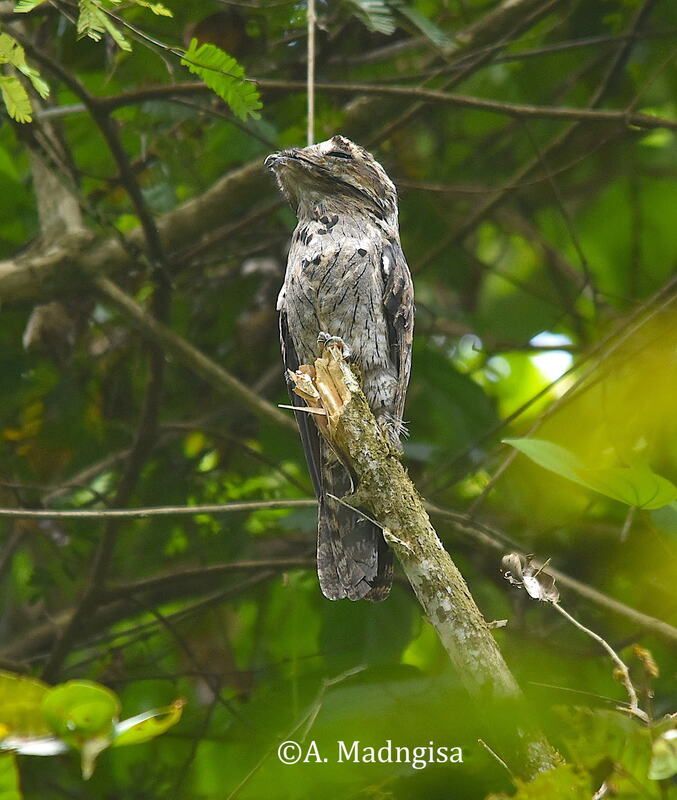
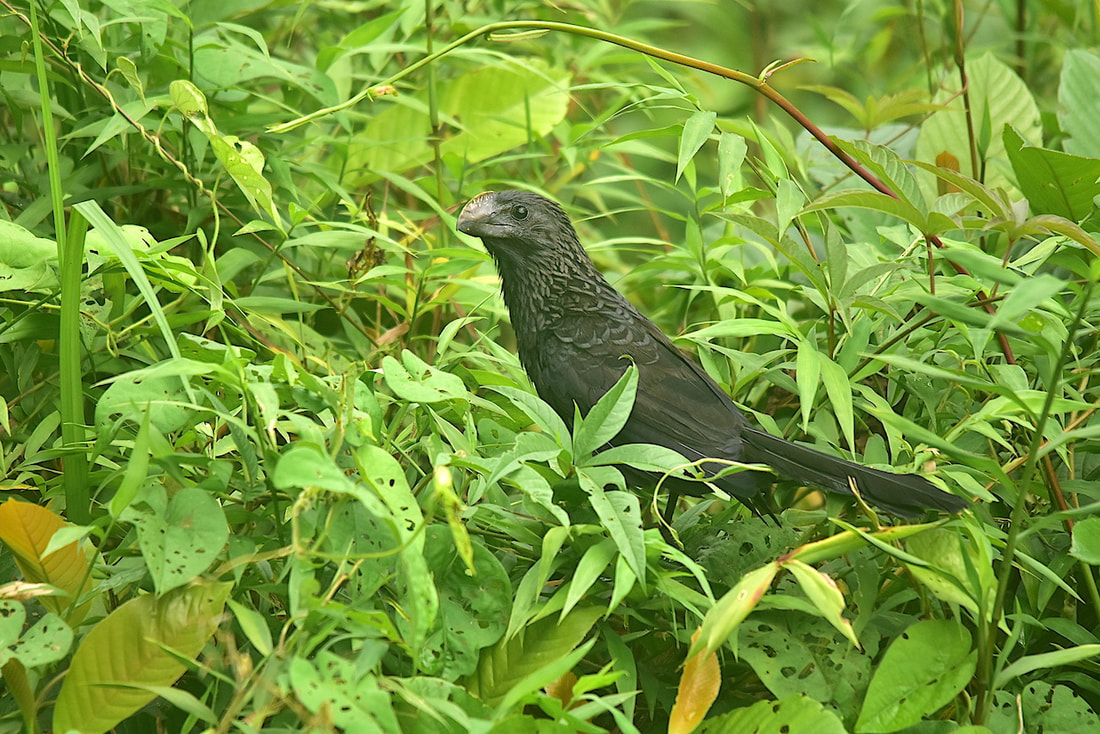
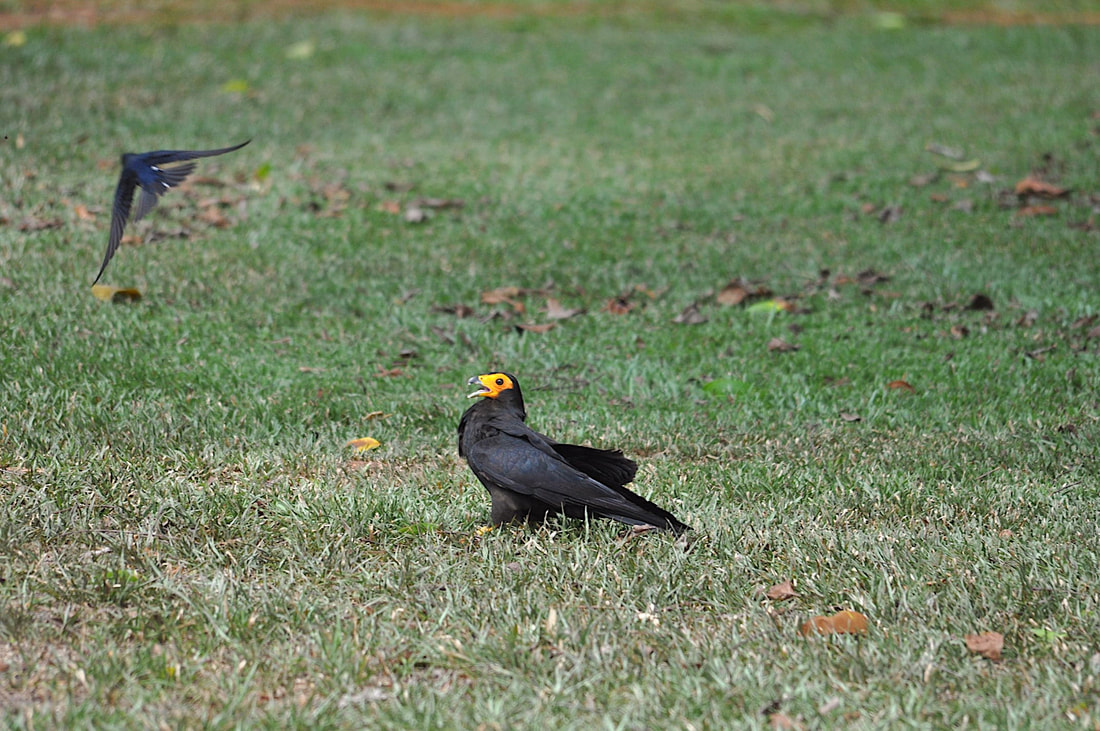
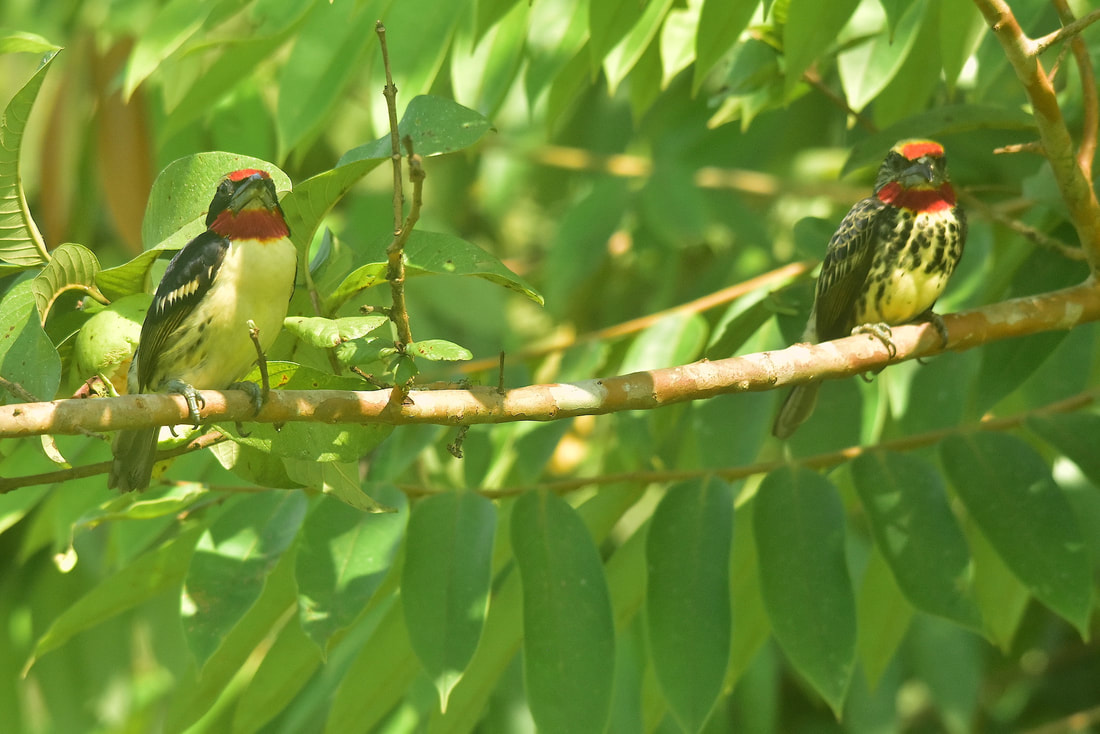
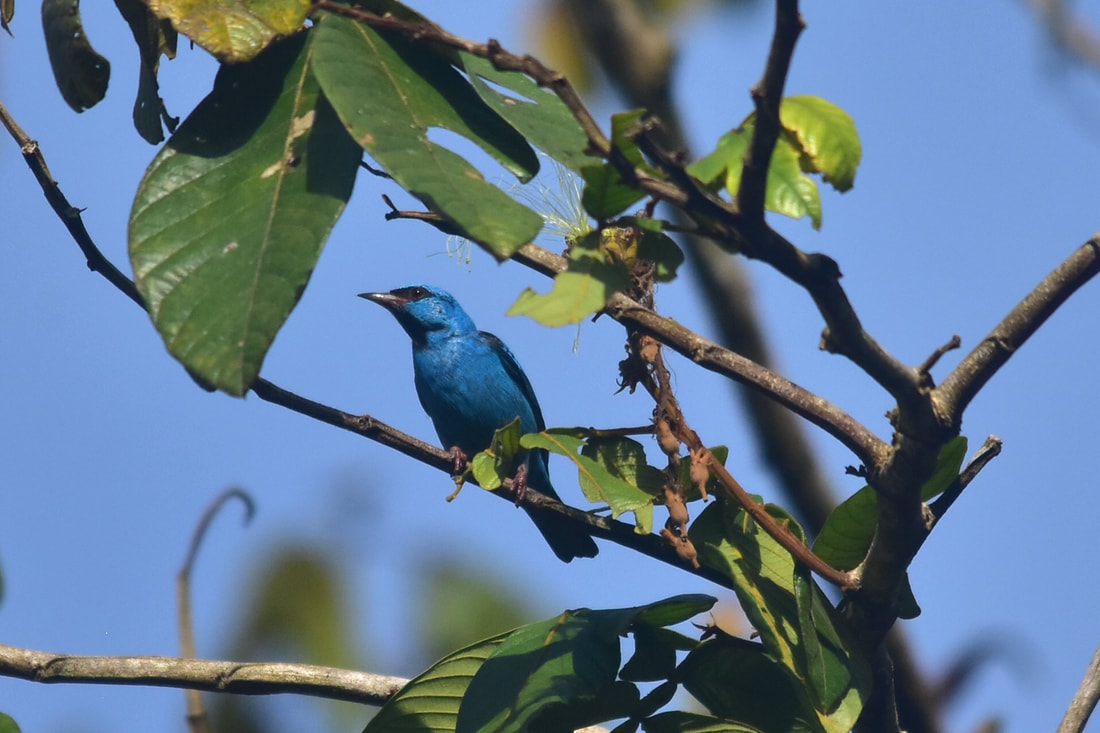
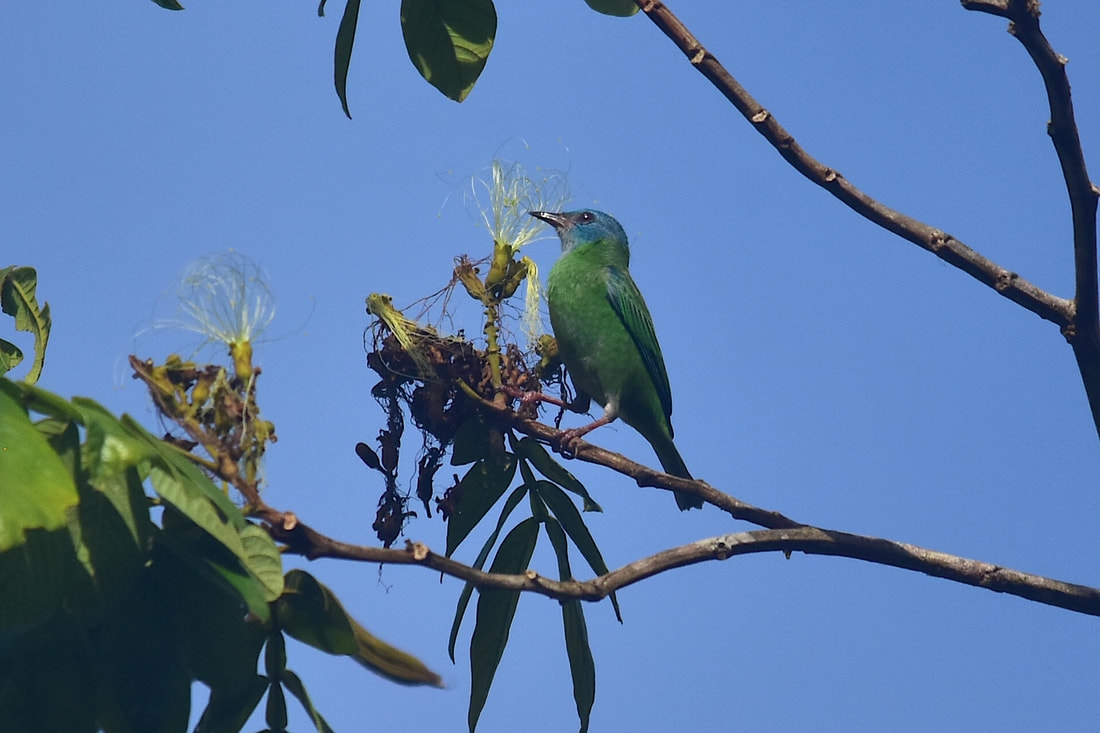
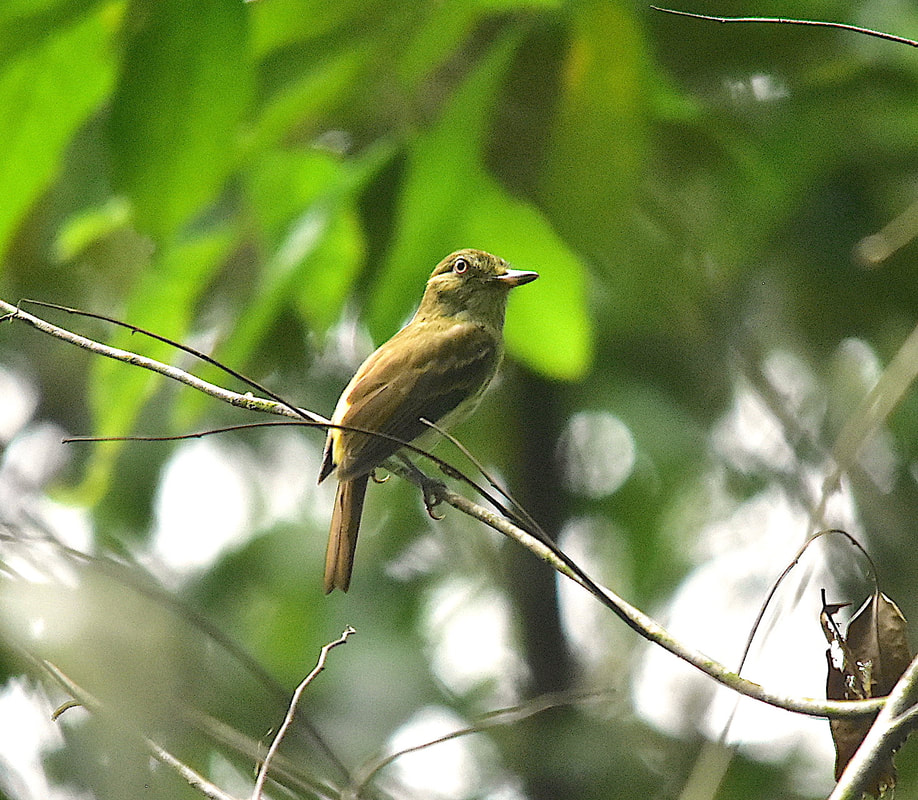
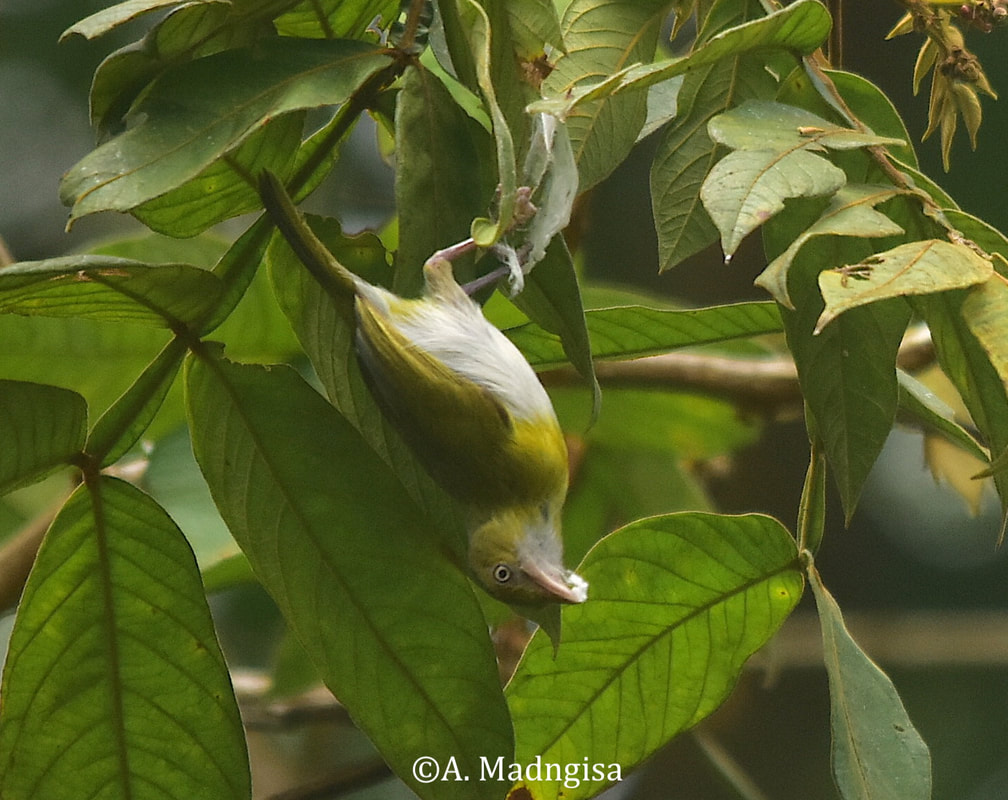
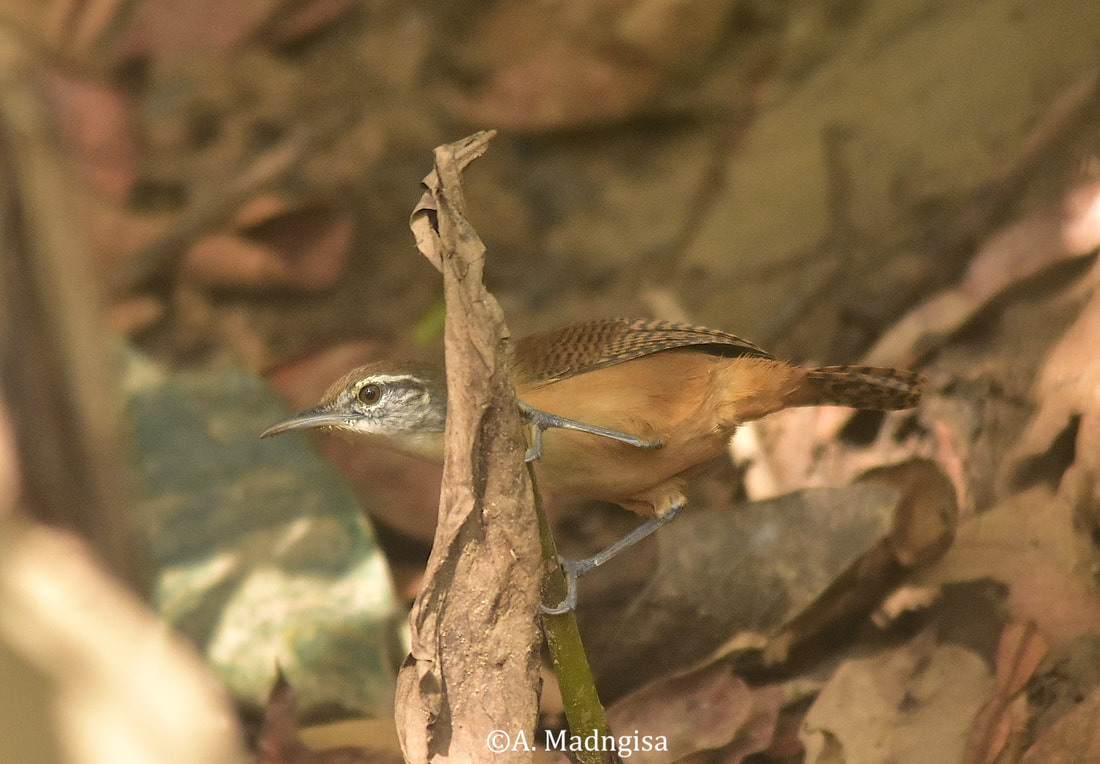
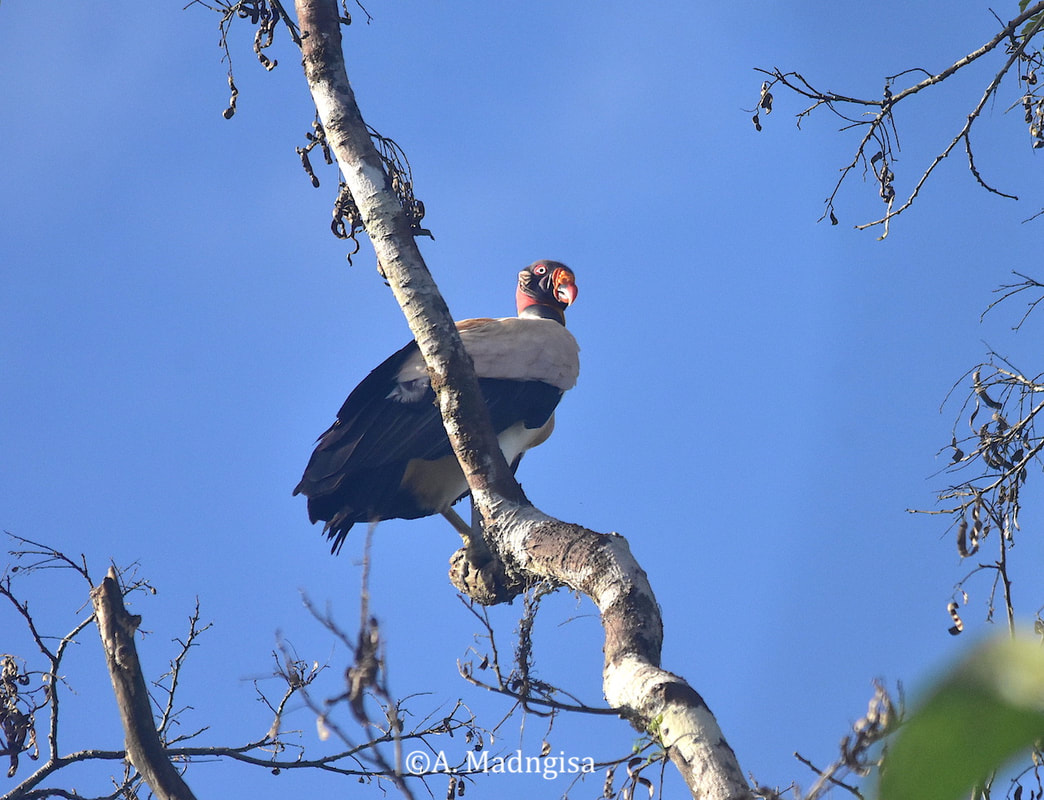
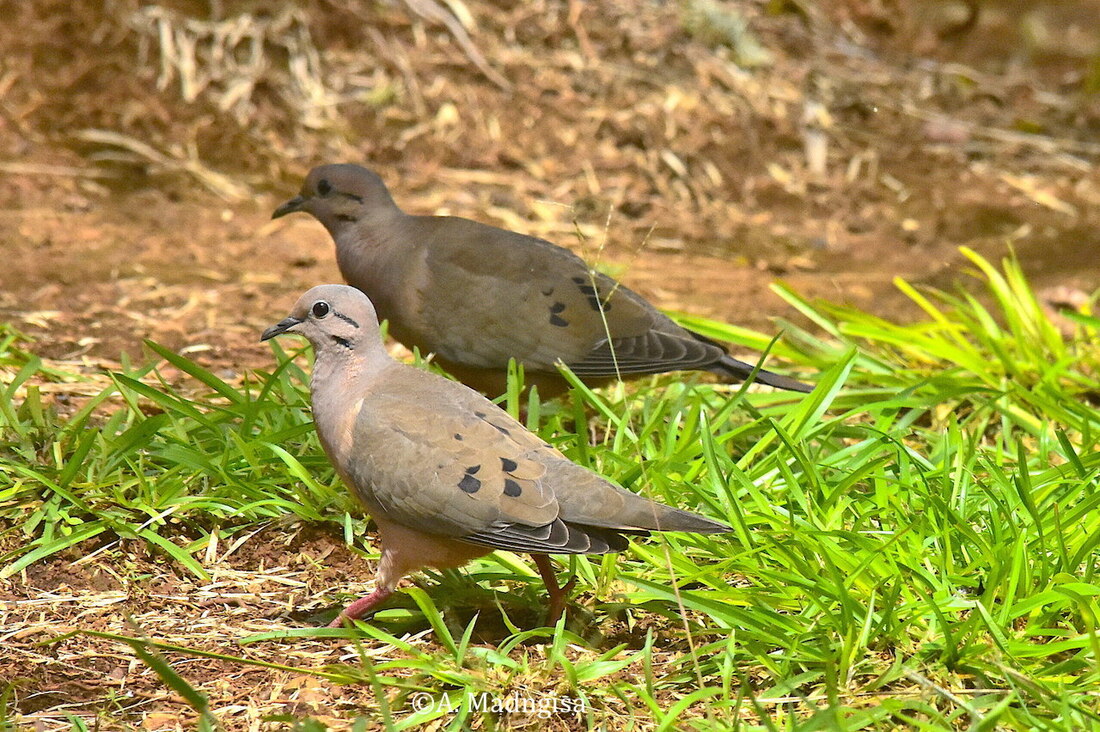
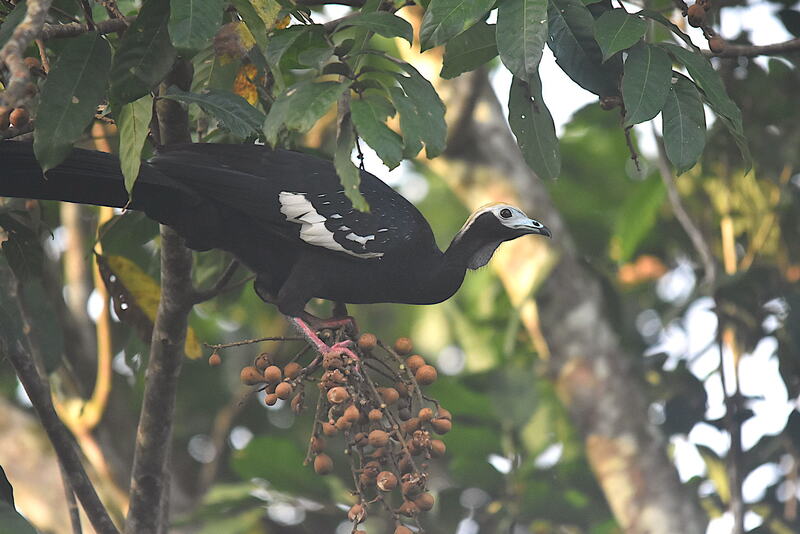
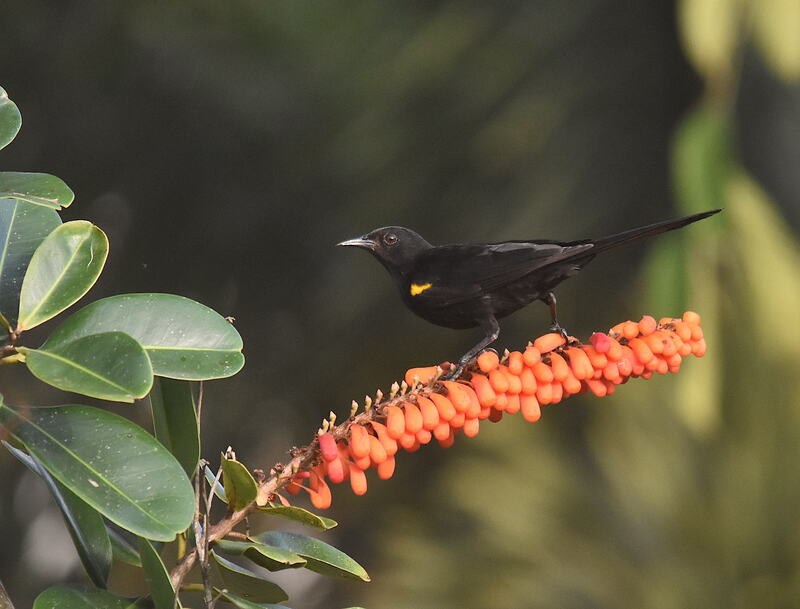
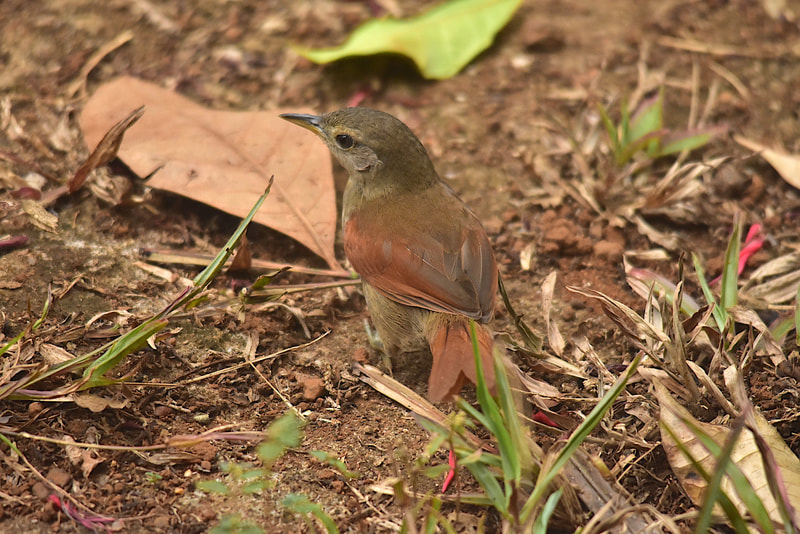
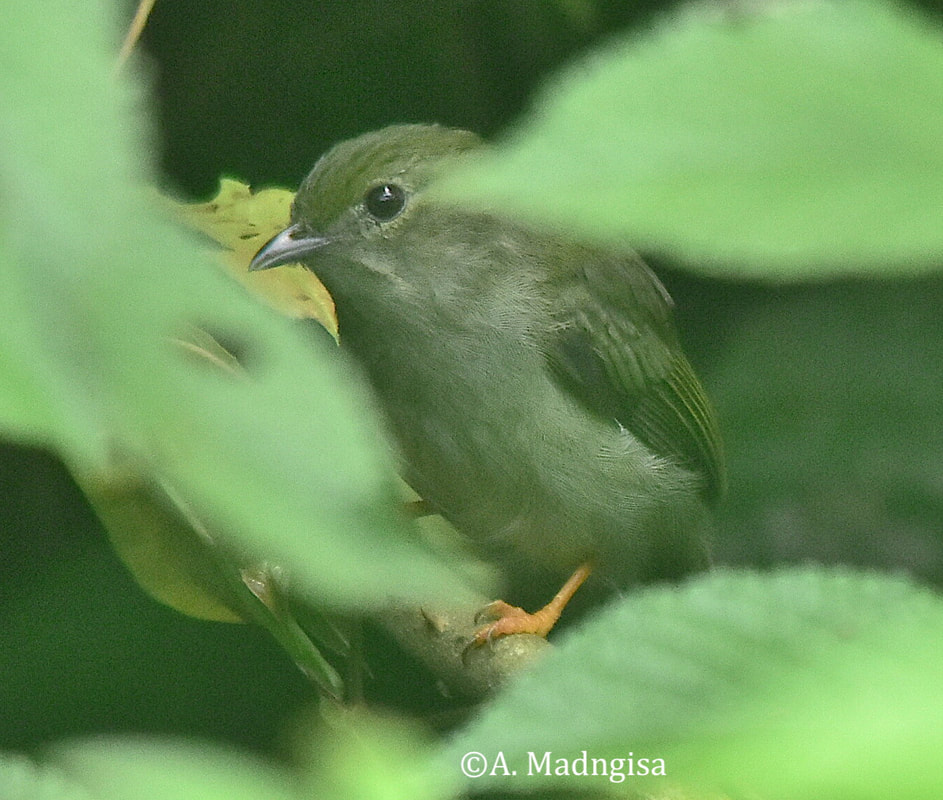
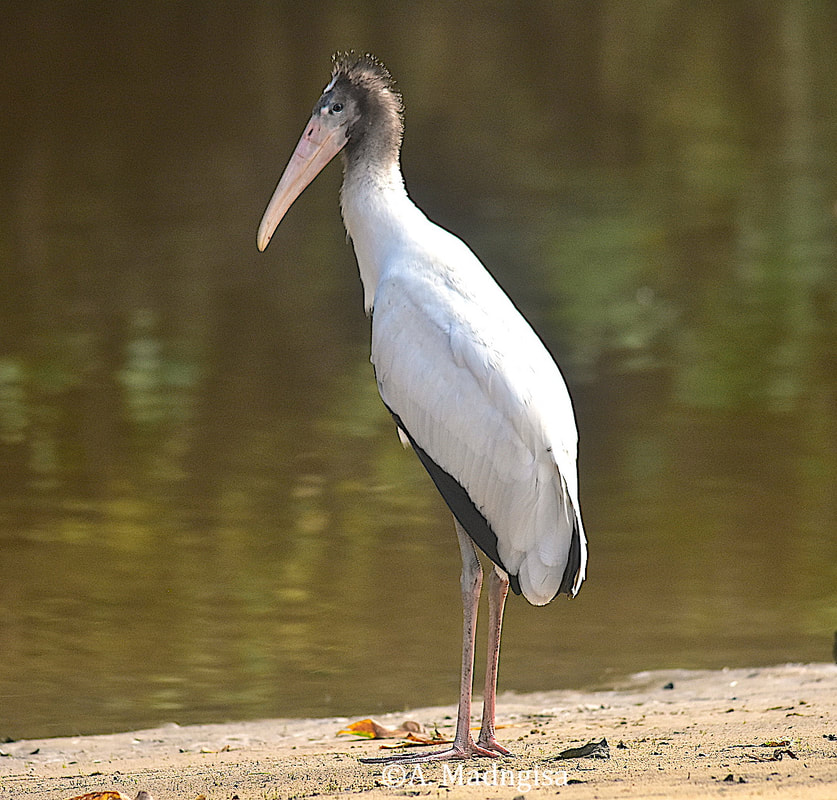
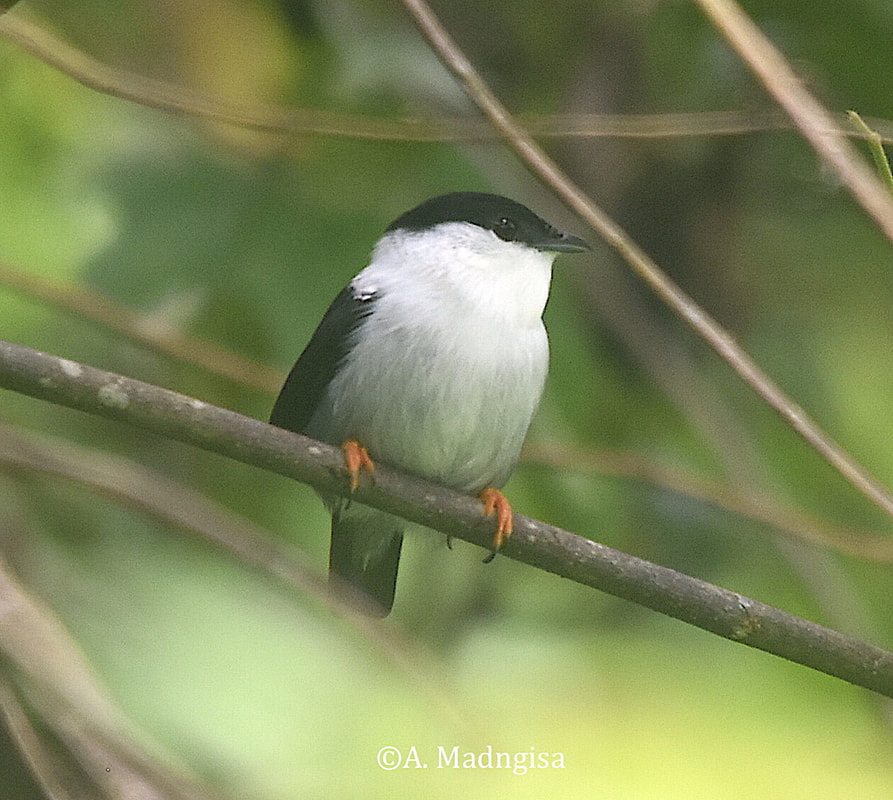
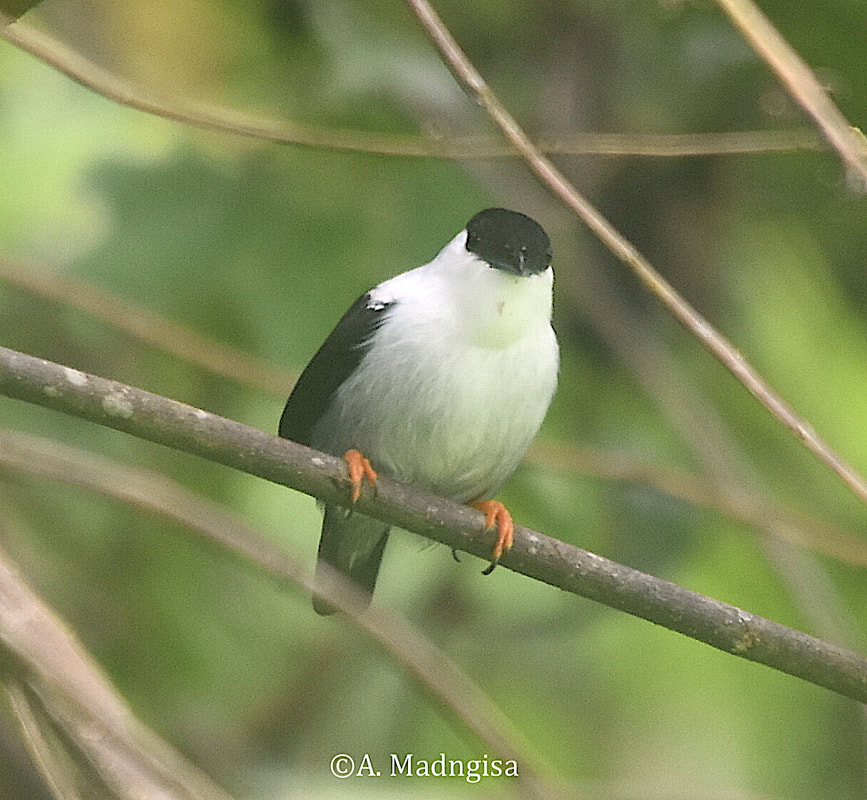
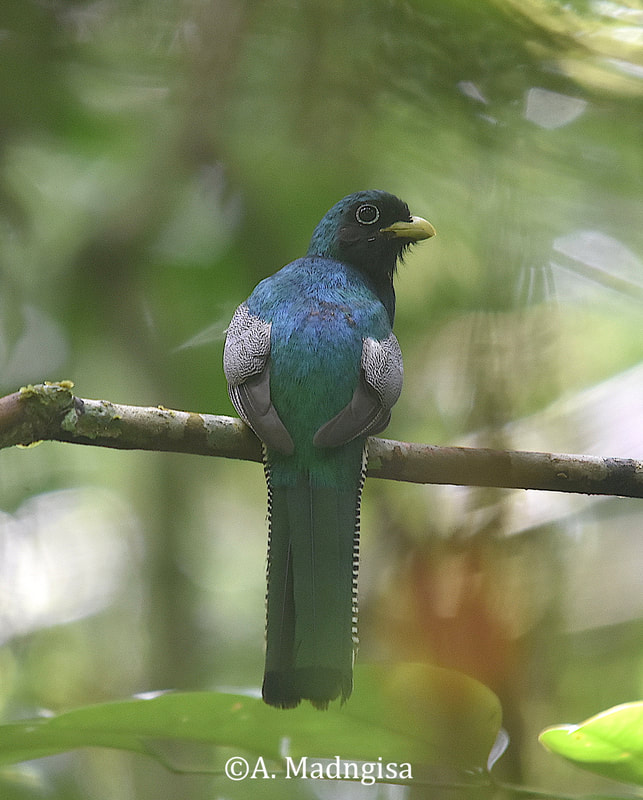
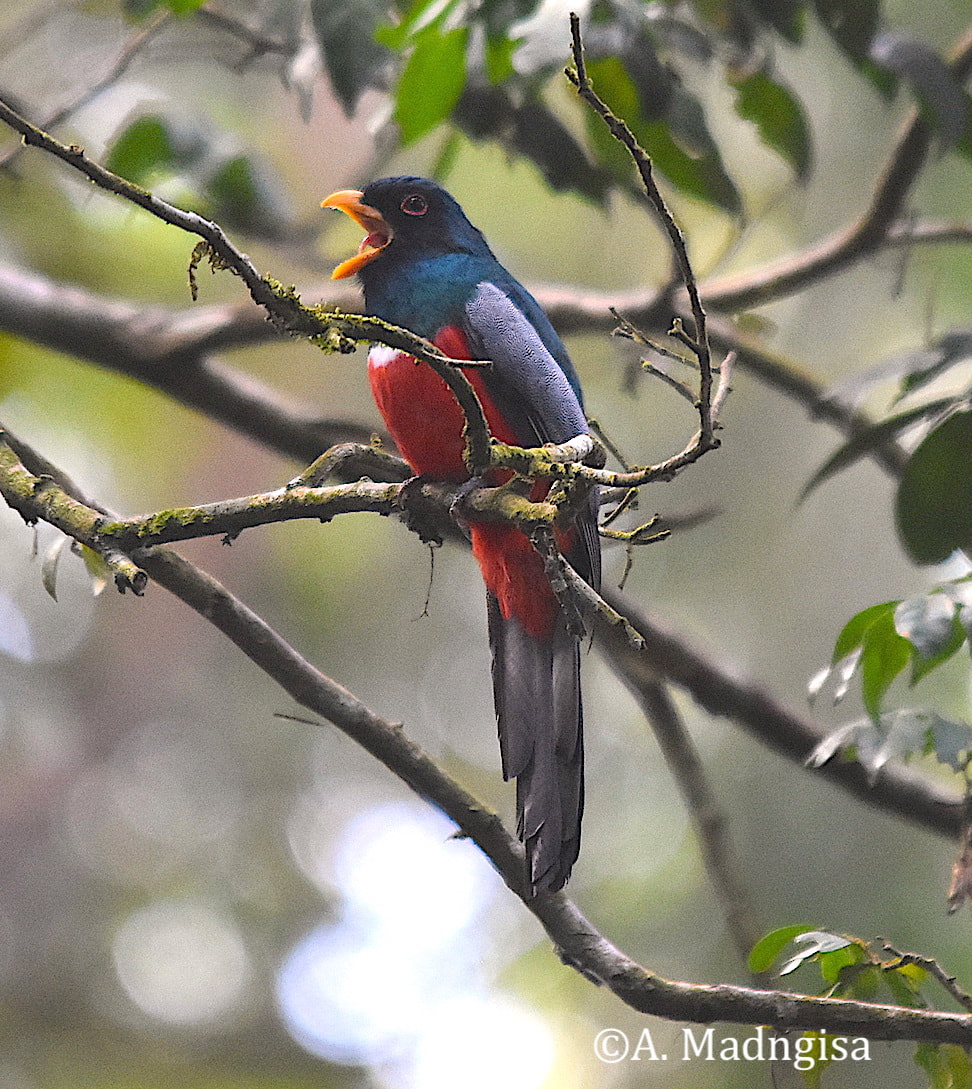
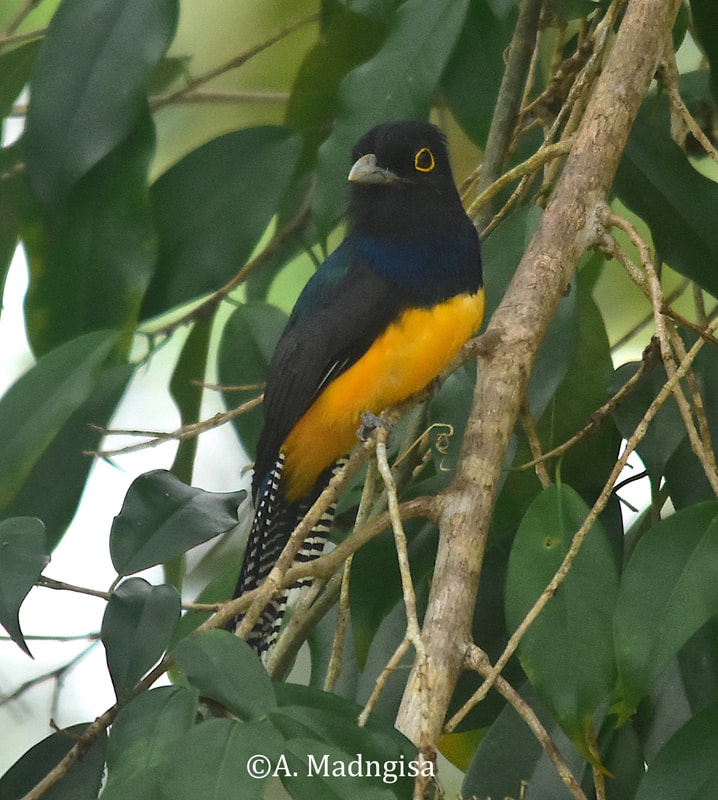
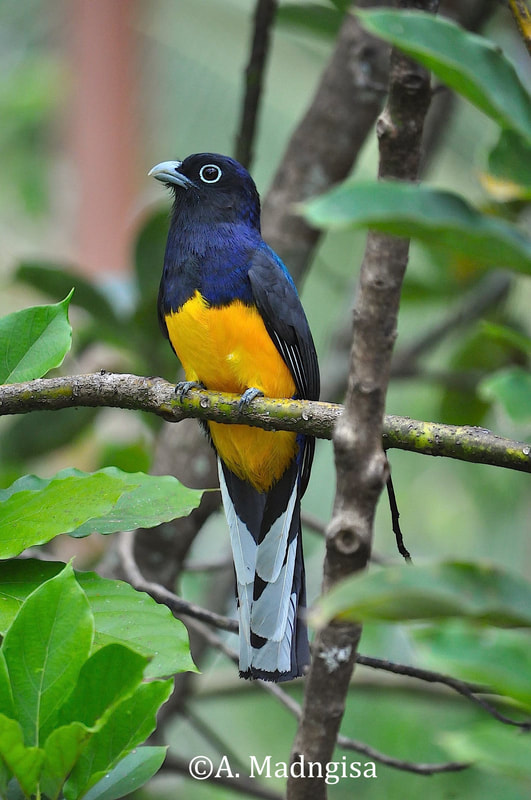
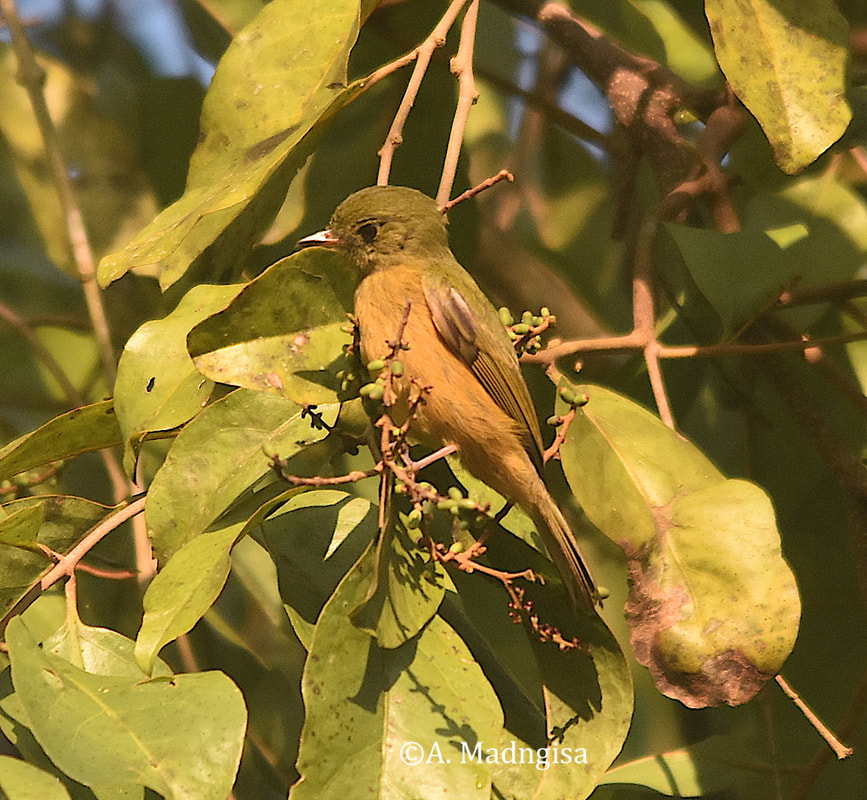
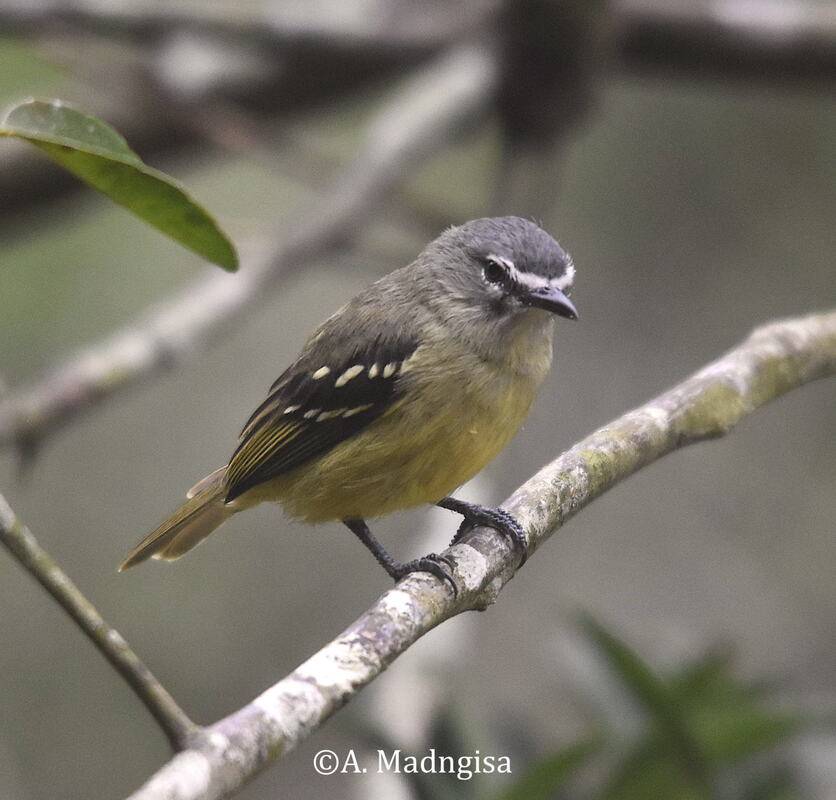
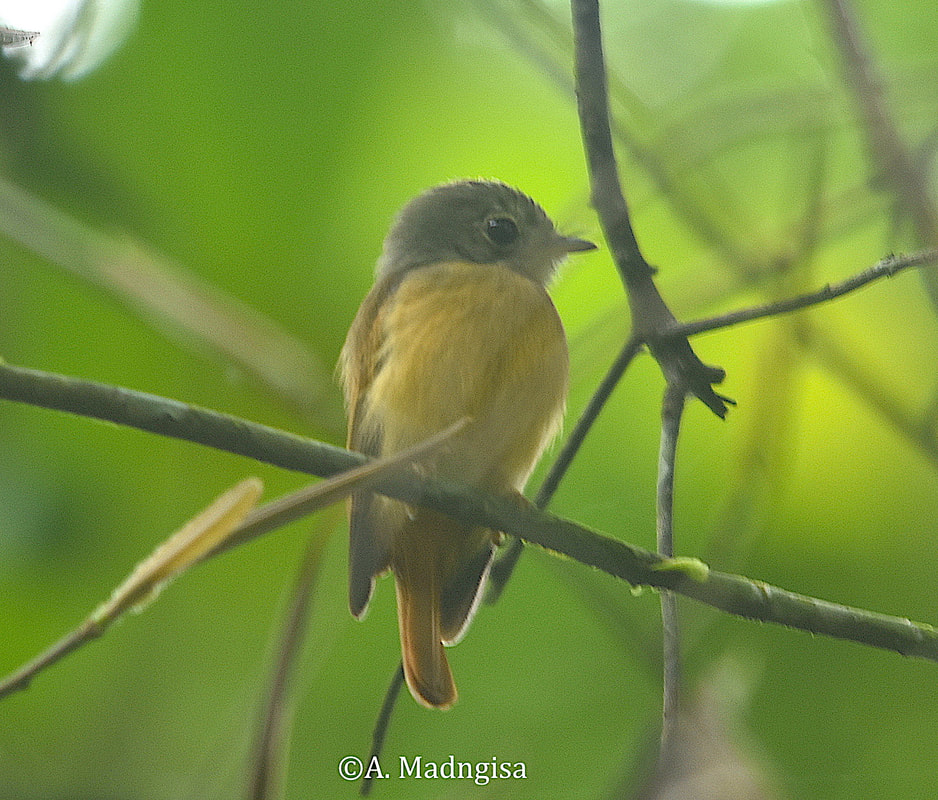



 RSS Feed
RSS Feed